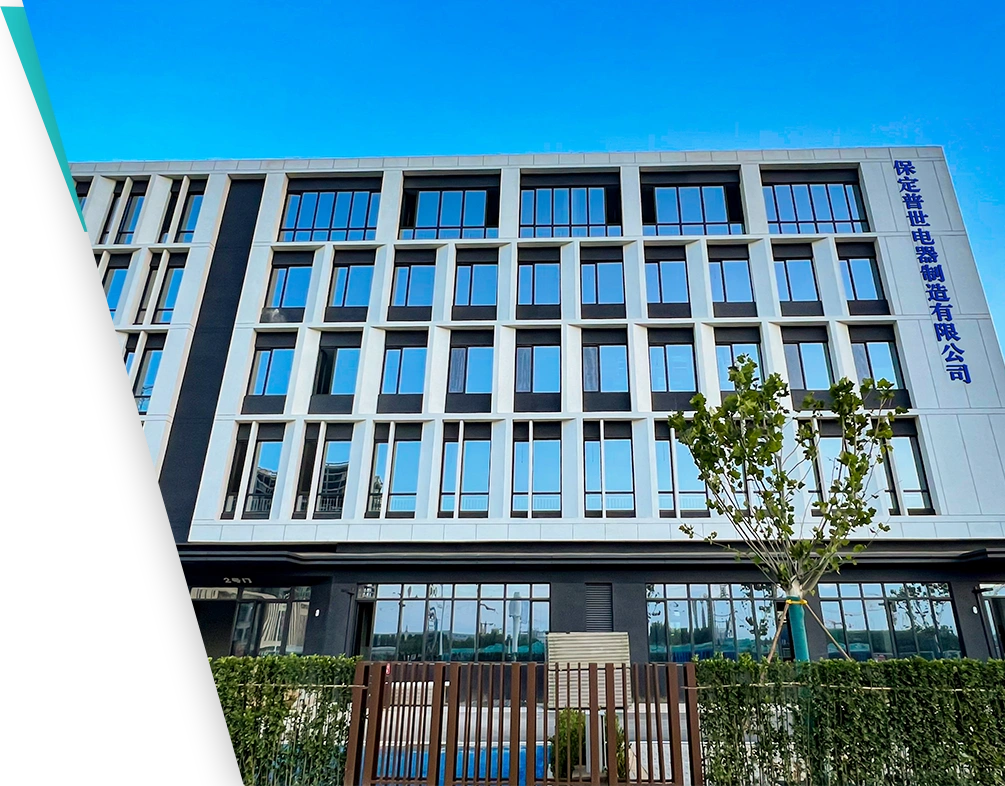 English
English



-
 Afrikaans
Afrikaans -
 Albanian
Albanian -
 Amharic
Amharic -
 Arabic
Arabic -
 Armenian
Armenian -
 Azerbaijani
Azerbaijani -
 Basque
Basque -
 Belarusian
Belarusian -
 Bengali
Bengali -
 Bosnian
Bosnian -
 Bulgarian
Bulgarian -
 Catalan
Catalan -
 Cebuano
Cebuano -
 China
China -
 China (Taiwan)
China (Taiwan) -
 Corsican
Corsican -
 Croatian
Croatian -
 Czech
Czech -
 Danish
Danish -
 Dutch
Dutch -
 English
English -
 Esperanto
Esperanto -
 Estonian
Estonian -
 Finnish
Finnish -
 French
French -
 Frisian
Frisian -
 Galician
Galician -
 Georgian
Georgian -
 German
German -
 Greek
Greek -
 Gujarati
Gujarati -
 Haitian Creole
Haitian Creole -
 hausa
hausa -
 hawaiian
hawaiian -
 Hebrew
Hebrew -
 Hindi
Hindi -
 Miao
Miao -
 Hungarian
Hungarian -
 Icelandic
Icelandic -
 igbo
igbo -
 Indonesian
Indonesian -
 irish
irish -
 Italian
Italian -
 Japanese
Japanese -
 Javanese
Javanese -
 Kannada
Kannada -
 kazakh
kazakh -
 Khmer
Khmer -
 Rwandese
Rwandese -
 Korean
Korean -
 Kurdish
Kurdish -
 Kyrgyz
Kyrgyz -
 Lao
Lao -
 Latin
Latin -
 Latvian
Latvian -
 Lithuanian
Lithuanian -
 Luxembourgish
Luxembourgish -
 Macedonian
Macedonian -
 Malgashi
Malgashi -
 Malay
Malay -
 Malayalam
Malayalam -
 Maltese
Maltese -
 Maori
Maori -
 Marathi
Marathi -
 Mongolian
Mongolian -
 Myanmar
Myanmar -
 Nepali
Nepali -
 Norwegian
Norwegian -
 Norwegian
Norwegian -
 Occitan
Occitan -
 Pashto
Pashto -
 Persian
Persian -
 Polish
Polish -
 Portuguese
Portuguese -
 Punjabi
Punjabi -
 Romanian
Romanian -
 Russian
Russian -
 Samoan
Samoan -
 Scottish Gaelic
Scottish Gaelic -
 Serbian
Serbian -
 Sesotho
Sesotho -
 Shona
Shona -
 Sindhi
Sindhi -
 Sinhala
Sinhala -
 Slovak
Slovak -
 Slovenian
Slovenian -
 Somali
Somali -
 Spanish
Spanish -
 Sundanese
Sundanese -
 Swahili
Swahili -
 Swedish
Swedish -
 Tagalog
Tagalog -
 Tajik
Tajik -
 Tamil
Tamil -
 Tatar
Tatar -
 Telugu
Telugu -
 Thai
Thai -
 Turkish
Turkish -
 Turkmen
Turkmen -
 Ukrainian
Ukrainian -
 Urdu
Urdu -
 Uighur
Uighur -
 Uzbek
Uzbek -
 Vietnamese
Vietnamese -
 Welsh
Welsh -
 Bantu
Bantu -
 Yiddish
Yiddish -
 Yoruba
Yoruba -
 Zulu
Zulu
portable gas chromatograph
Portable Gas Chromatograph Revolutionizing Field Analysis
In recent years, the demand for rapid, on-site analysis of gas samples has increased across various industries, including environmental monitoring, industrial safety, and pharmaceuticals. As a result, the portable gas chromatograph (PGC) has emerged as an indispensable tool for professionals requiring immediate and reliable data about gas compositions. This compact and versatile device provides users with the ability to analyze gas mixtures effectively, delivering results that were previously only attainable through cumbersome laboratory equipment.
At its core, a gas chromatograph separates the components of a gas mixture based on their molecular properties. In traditional, stationary setups, the process can be time-consuming and often involves extensive sample preparation. Conversely, portable gas chromatographs are designed for quick deployment and can be used directly in the field, which significantly streamlines the entire analytical process. With advancements in technology, modern PGCs are increasingly equipped with sophisticated sensors and microprocessors, allowing them to perform complex analyses in real time.
One of the most significant advantages of portable gas chromatographs is their ability to enhance safety in various environments. For example, in the oil and gas industry, detecting hazardous fumes or leaks can be a matter of life and death. Utilizing a PGC can significantly reduce the response time for safety teams, enabling them to promptly identify the types and concentrations of gases present. This ability to address potential threats quickly not only protects workers but also aids in compliance with safety regulations.
Environmental monitoring is another critical area benefiting from the use of portable gas chromatographs
. Policymakers and scientists use PGCs to assess air quality by measuring pollutants such as volatile organic compounds (VOCs) and greenhouse gases. This real-time data helps communities and governments respond to pollution events, implement effective regulations, and track the effectiveness of mitigation strategies. In fact, studies have shown that having the ability to monitor air quality continuously can lead to significant improvements in public health outcomes.portable gas chromatograph

In addition to environmental applications, portable gas chromatographs have found their place in pharmaceuticals, food safety, and research laboratories. These devices can be used to analyze gas emissions from pharmaceutical processes to ensure compliance with quality standards. In the food industry, PGCs help monitor for spoilage gases, ensuring products maintain their safety and quality for consumers. Their versatility in application makes PGCs invaluable for a variety of professionals.
Despite their numerous benefits, there are challenges associated with the use of portable gas chromatographs. One primary concern is the calibration and maintenance of these devices. Due to their compact nature, maintaining the accuracy of the sensors is vital for obtaining reliable results. Regular calibration using known standards is essential for ensuring the PGC operates correctly. Additionally, while the technology continues to improve, factors such as battery life, robustness, and data integration capabilities remain areas requiring ongoing innovation.
As efforts continue to enhance the performance and functionality of portable gas chromatographs, the future of field gas analysis is promising. Emerging technologies such as miniaturized sensors and advanced data analytics are expected to further improve the capabilities of PGCs, making them even more efficient and user-friendly.
In conclusion, the portable gas chromatograph has transformed the way gas analysis is approached in various fields. Its ability to provide instantaneous and reliable data makes it a critical instrument for ensuring safety, overseeing environmental sustainability, and maintaining quality in various industries. As the technology evolves, it will undoubtedly lead to even more groundbreaking applications, solidifying the portable gas chromatograph's place as a cornerstone of modern analytical practices.
-
Ensuring SF₆ Gas Safety: Introducing PUSH’s Integrated SF₆ Analyzer for Dew Point, Purity, and Decomposition MonitoringNewsJul.10,2025
-
Exploring the Main Types of Industrial Endoscopes and Their Applications Across IndustriesNewsJul.04,2025
-
Testing Equipment Industry Sees Major Advancements in 2025: Smart & Precision Technologies Lead the WayNewsJun.06,2025
-
Applications of Direct Current Generators in Renewable Energy SystemsNewsJun.05,2025
-
Hipot Tester Calibration and Accuracy GuidelinesNewsJun.05,2025
-
Digital Circuit Breaker Analyzer Features and BenefitsNewsJun.05,2025



